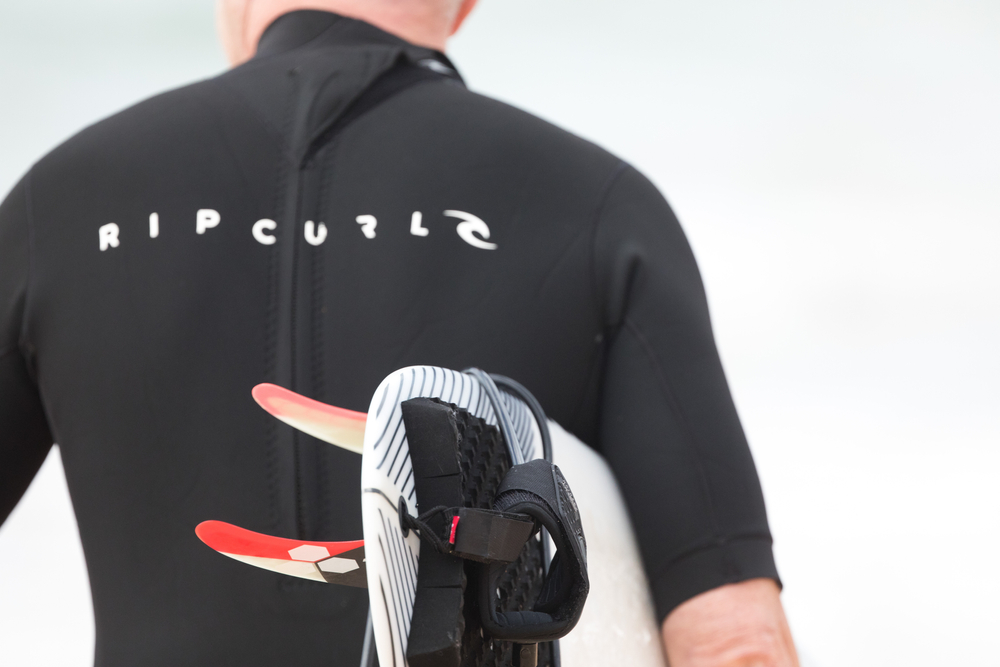
Largest number of fin whales seen feeding together in over 50 years
Fin whales are the second-largest in the world, growing up to 85 feet (26 m) long and 160,000 pounds (72.3 metric tons). In 1976, the numbers of these magnificent giants in the Antarctic were dangerously low, caused by human commercial hunting practices. This caused a ban on commercial whaling to Read More...

This is the world’s first ocean carbon-removing machine
Cutting greenhouse gas emissions at the source should be the main goal when tackling climate change, but the most recent IPCC report also recommends carbon capture and storage technologies as key parts of the effort to limit global warming to 1.5°C. The startup Heimdal is well aware of the need Read More...

What tiny water samples teach us about huge creatures
Environmental DNA (eDNA) has been a recent gold mine in research. We recently reported on how eDNA was captured from the air in a world first and how scientists were able to use this technique to distinguish zoo animals from it. This incredible tool can help ecologists study animal behavior and Read More...

This bio-rover is essentially driven by a marimo ball
What is marimo? Marimo is arguably one of nature’s most bizarre creations. Commonly known as algae balls or moss balls, these algae bundles are typically found on lake floors in Japan and Northern Europe. Their fuzzy spherical shape is the result of gentle currents rolling the algae over and Read More...

New technology uses seawater to remove carbon from the atmosphere
The ocean absorbs about a third of the CO2 that humans create when burning fossil fuels. While that’s good news for the air, capturing so much extra carbon dioxide makes ocean waters more acidic, harming marine life. Enter Ebb Carbon, a startup that wants to reinforce the ocean’s ability to Read More...

Bug-inspired floating robots can clean up ocean pollutants
Thanks to human behavior, the ocean is cluttered with pollutants like oil and contaminants from drinking water. These materials are harmful to the ecosystem, as they prevent vital oxygen from reaching marine life and are also toxic. Currently, to clean up oil spills, people are sent on ships to do Read More...

The Ocean Cleanup deploys largest trash-collecting system thus far
Since it first undertook the daunting task of ridding our oceans of plastic debris in 2013, The Ocean Cleanup has made numerous tweaks to its trash-catching barrier system — and the latest one may be the most important yet. The most recent update involves an active propulsion system rather than Read More...

New footage shows how remoras hitchhike on the back of a blue whale
Ever heard of the remora? It’s a suckerfish famous for hitchhiking on the backs of larger marine animals for food and shelter. The remora has a funky appearance compared to other fish, which largely comes down to the fact that it has a flattened head covered in ridges. Beneath that Read More...

Extremely rare “walking” fish discovered in the Great Barrier Reef
After the Schmidt Ocean Institute’s research vessel plunged deep beneath the Pacific Ocean, it came back with a treasure trove of high-resolution footage featuring rare deep-sea creatures. The remote operated vehicle (ROV), which explored Australia’s Great Barrier Reef, spotted and took Read More...

Surfers are attaching Smartfins to their boards to collect data
With scientists in need of more data about the warming of our oceans, a US-based nonprofit has come up with a nifty solution: giving data-collecting “smart” surfboard fins to surfers. Surfboards typically have fins to improve stability. By including sensors into the fins, now it’s possible Read More...


